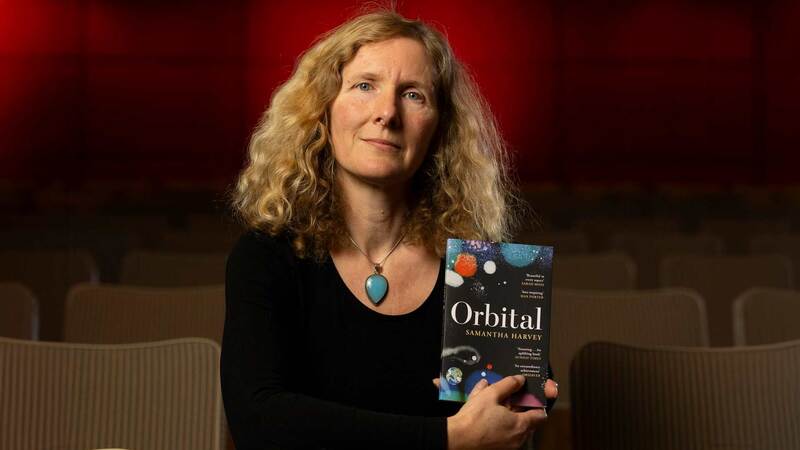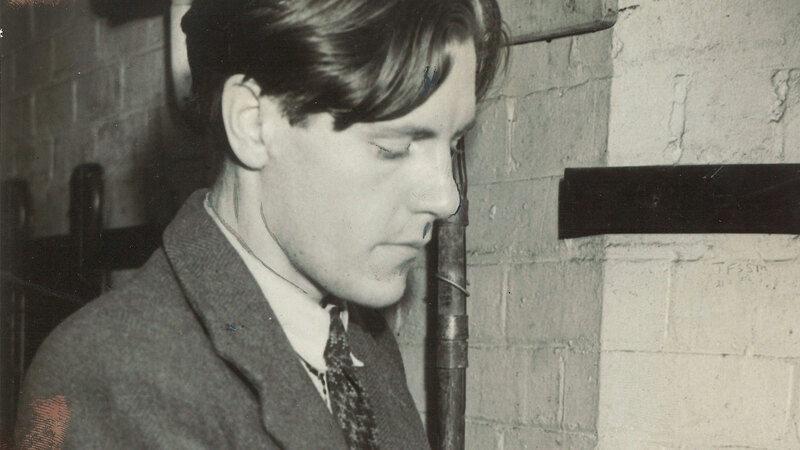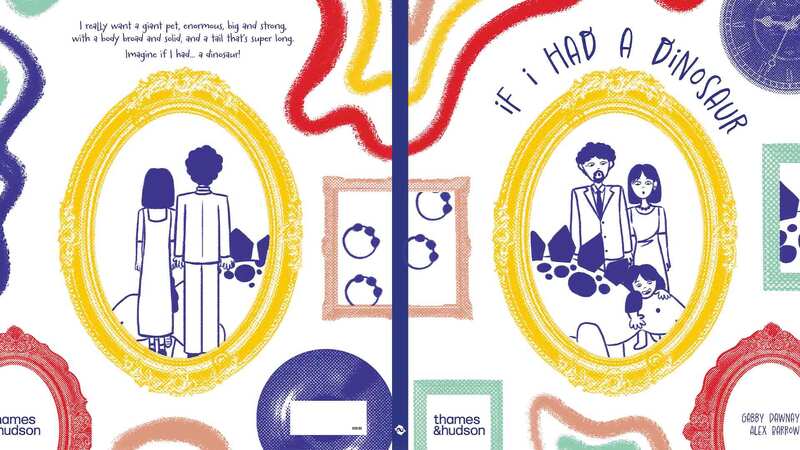You are viewing your 1 free article this month. Login to read more articles.
Did Shakespeare hate his wife?
Shakespeare’s will is a tantalising document in many respects. Dated 25 March 1616, it is three pages long and there is a second draft showing amendments and corrections.
It contains half the extant examples of Shakespeare’s signature we know about – one on each page – and paleographical analysis has suggested that the signatory was weak and ailing. (Shakespeare died a month after signing his will.) Perhaps unexpectedly, there is no mention of any books or papers in the property to be dispersed (any play-scripts would, of course, have remained the property of the King’s Men).
Richard Burbage
Unlike other self-made men Shakespeare is not particularly philanthropic in disposing of his property to charitable causes. He makes small gifts to friends from Stratford and from the theatre world in London, singling out fellow King’s Men Richard Burbage, John Heminges and Henry Condell for gifts to buy mourning rings.
But it is one of the will’s final provisions that it has made it so famous. An inserted clause squeezed into a space between the lines reads: “Item. I give unto my wife my second-best bed with the furniture”. Anne Hathaway, it seems, was only mentioned at all as an afterthought, and that a niggardly one: a second-best bed as a reward for three children and more than three decades of marriage? Surely this is evidence that Shakespeare despised his wife and wished to use his will to express this animosity?
Maybe. What has made the second-best bed story so compelling in the narrative of Shakespeare’s unhappy marriage is the way it can be made to correspond with other things we think we know about the relationship between William and Anne. First, their marriage itself. Because Anne was evidently pregnant at the time of their marriage late in 1582 (their first child Susanna was born six months later), and because the marriage was conducted not in the usual way, perhaps suggesting particular haste, biographers have been keen to sense reluctance or compulsion on the bridegroom’s part.
Love triangle?
There is even an apparent error by a diocesan clerk who wrote the name of the bride as “Anne Whateley” – a romantic but entirely fanciful line of speculation constructs this mysterious person as the third point in a love triangle: the two Annes and Shakespeare. Added to this that Anne Hathaway was – gosh – older than her husband.
As the usually rather dry biographer Samuel Schoenbaum puts it, the “unambiguous testimony” is that Anne was “seven or eight years her husband’s senior, and twenty-six in 1582; by the standards of those days, growing a bit long in the tooth for the marriage market. She took a teen-aged lover, became pregnant, and married him”.
Further fuel is the mention of a £2 debt, money lent to Anne Shakespeare, in the will of a Stratford shepherd Thomas Whittington, which seems to suggest that her husband kept her short of money. The marriage was empty and loveless, the biographical consensus has often been, and therefore it was no wonder that Shakespeare hot-footed it to London to leave behind this unwanted family. Poor Shakespeare (trapped unwillingly), or, if you prefer, Bad Shakespeare (treating his dependent family cruelly).
Stratford
In fact, Shakespeare kept strong connections with Stratford throughout his life, buying property there, including New Place in 1597, and maintaining business relationships. Conversely, he did not buy property in London until the very end of his career, living instead in a series of lodgings, and so it is by no means evident that he turned his back on his family or made his settled life in London without them.
Literary evidence for a warmer relationship between husband and wife has also been proposed, including the suggestion that one of the less-accomplished poems gathered in his collection of sonnets, first published in 1609, is an early work addressing Anne in the cryptic phrase “hate away” and claiming that the speaker :“languish’d for her sake”.
Of course we can’t know the secrets of the Shakespeares’ marriage – nor, with our Western idealisation of marriage as a union of minds as well as bodies, can we understand the perhaps more pragmatic early modern expectations of this relationship. Renaissance commentators were more inclined to discuss male-male friendship in the intimate and affectionate terms we might now reserve for romantic partnerships.
Many of Shakespeare’s comedies dramatise marriage as the painful severing of strong male affections, such as the idealised boyhood relationship between Leontes and Polixenes in The Winter’s Tale, who “as twinned lambs that did frisk i’th sun” “tripped” from this innocence only when women entered the frame. Similarly, it is no accident that when in Much Ado About Nothing, Benedick swears his love for Beatrice, and bids her demand anything of him, her answer is the terse “Kill Claudio”: Benedick must kill his best friend to be with his lover.
The secrets of the marriage bed
But if we cannot see the secrets of the marriage bed (best or second-best), we can be conscious of the cultural operations of the myth of the wife who does not understand her genius husband. In her spirited defense of Anne Hathaway, Shakespeare's Wife, Germaine Greer considers misogynist assumptions based on very little evidence “considering the poor reputation of wives generally, in particular the wives of literary men, and the traditional disparagement of the wife of the Man of the Millennium”: Greer deftly points out that the depiction of a foolish, contrary, scolding, or generally unsympathetic wife is one of the tropes of literary biography and thus part of the ideological construction of male creative genius.
Extracted from Thirty Great Myths About Shakespeare by Laurie Maguire and Emma Smith, out on 1 March, published by Wiley.














